Mastering Unsteady CFD of Vertical Axis Wind Turbine
Learn step-by-step URANS CFD of a Darrieus VAWT in ANSYS Fluent, from geometry creation to performance evaluation.
4.53 (66 reviews)
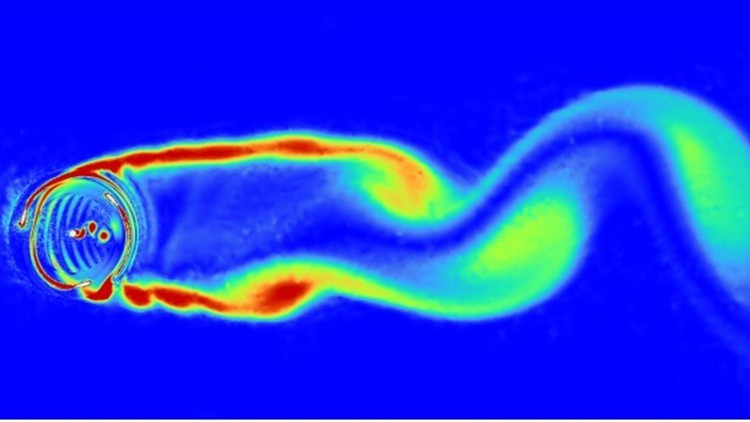
270
students
3.5 hours
content
Mar 2025
last update
$54.99
regular price
What you will learn
How to extract data from research paper for validation of any CFD project e.g. wind turbine
Should be able to create import airfoil coordinates of airfoil (NACA 0015 for tis course) and create geometry of wind turbine
Should be able to create domain along with body of influences for local mesh refinement
Create highly quality mesh for turbulence model along with study of Y+
Setting up wind turbine problem including providing rpm, inlet conditions, time step in Fluent
Solve unsteady wind turbine CFD simulation with proper emphasis on ascertaining the proper convergence of results such as torque
Analyze data in excel and get averaged quantities such as time averaged torque values and power from unsteady data
Compute Cp (coefficient of turbine) from CFD compare it with experimental data for validation of CFD approach used in course
Understand the unsteady CFD problem solution for wind turbines
Screenshots
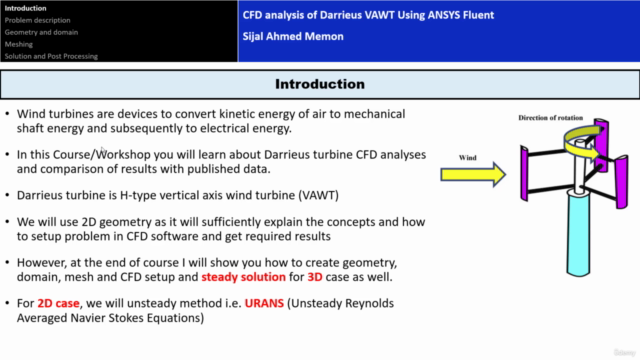
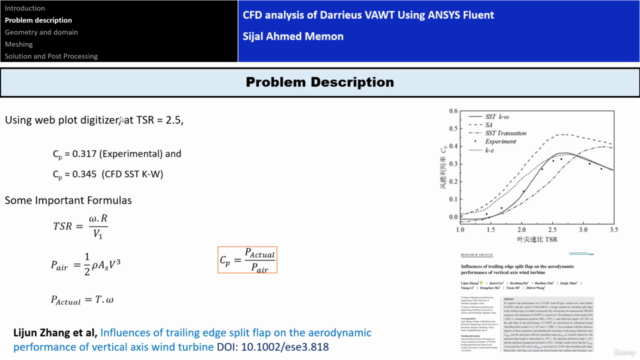
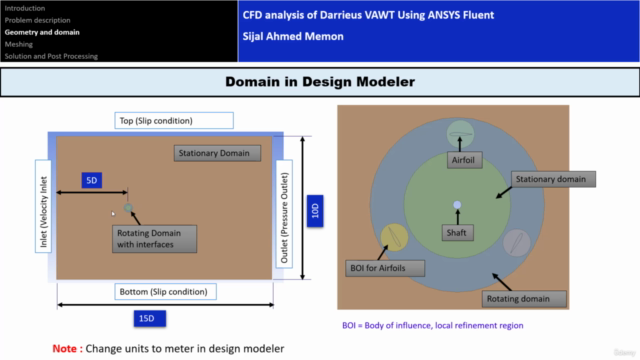
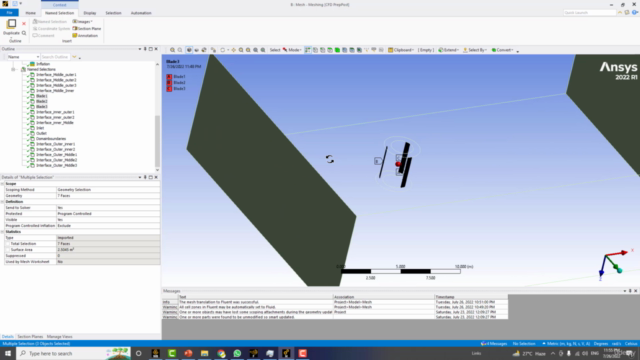
Related Topics
4788124
udemy ID
7/18/2022
course created date
7/27/2022
course indexed date
Bot
course submited by